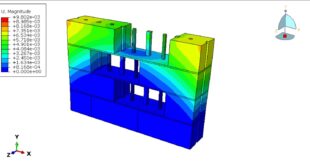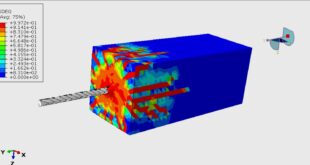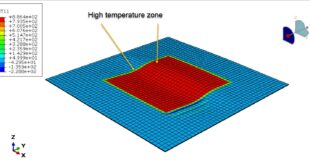An understanding of the response of brittle and ductile materials under hyper velocity impact is required for analysis of the space debris and micro meteoroid impact flux via retrieved spacecraft surfaces. Brittle material surfaces exposed in Low Earth Orbit include solar arrays and windows. Laboratory experiments are able to access only a small fraction of the impactor parameters encountered in space (velocity, diameter, density, shape, composition and impact angle).In this simulation ball is modeled as three dimensional shell part and glass as solid part with half mm thickness. To model ball behavior hyper elastic material has been used and to define the glass behavior under high pressure load with high strain rate it should be necessary to use a proper material model .You can see a figure of the assemble parts with a real case at below

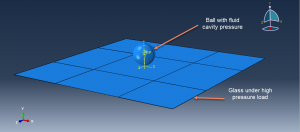
The impact phenomenon is a dynamic process originally so dynamic explicit is appropriate for it. Surface to surface contact with friction behavior is used to model the contact. In this tutorial to model gas behavior FLUID CAVITY technique has been used with molar heat capacity and molecular weight for gas inside the ball.The glass needs small mesh size to have a proper response under the impact so in need to be used smaller element size in the impact zone. During the impact the failure of glass is obvious and like that the ball experienced a large deflection. You can some figures of the results at below
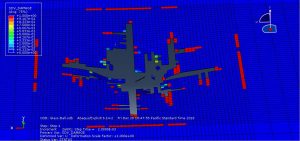
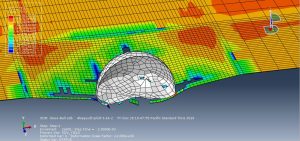
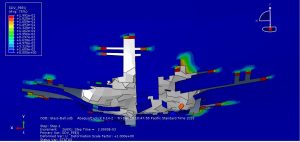
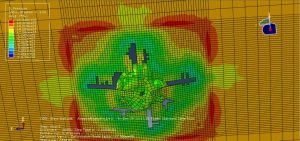
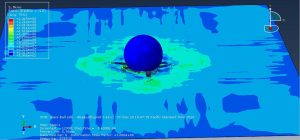
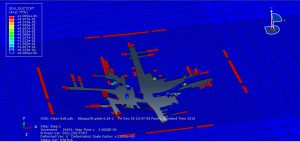
You can provide CAE ,INP,and English video files of this simulation here. The cost of these files is Twenty-Eight Euros. you can click on the bellow bottom to beginning process
You can purchase the tutorial through a PayPal account, a Visa, or a Master card, just before payment,send me an email to this address: karampourp@gmail.com
 Abaqus tutorials Abaqus tutorials
Abaqus tutorials Abaqus tutorials
